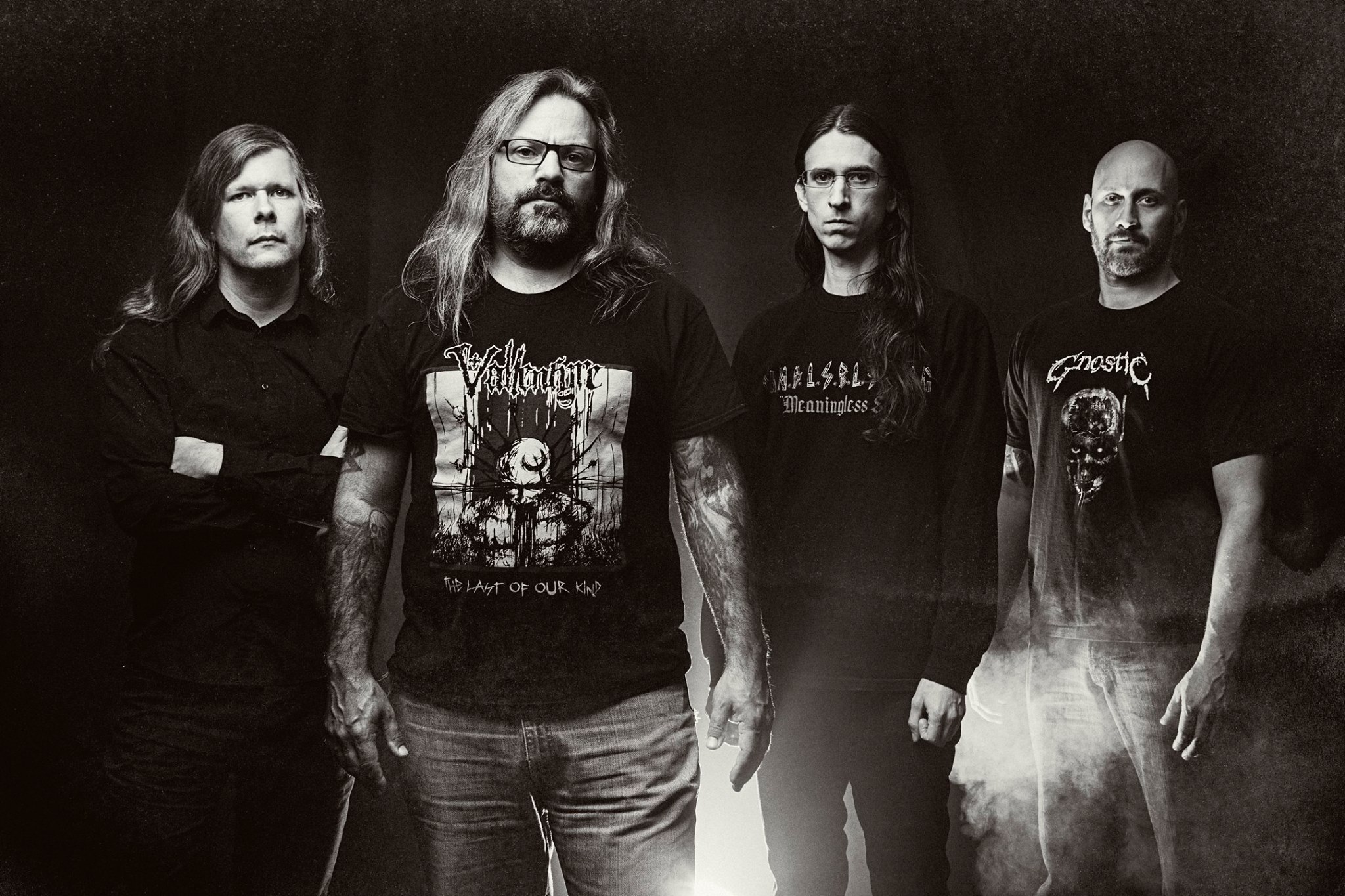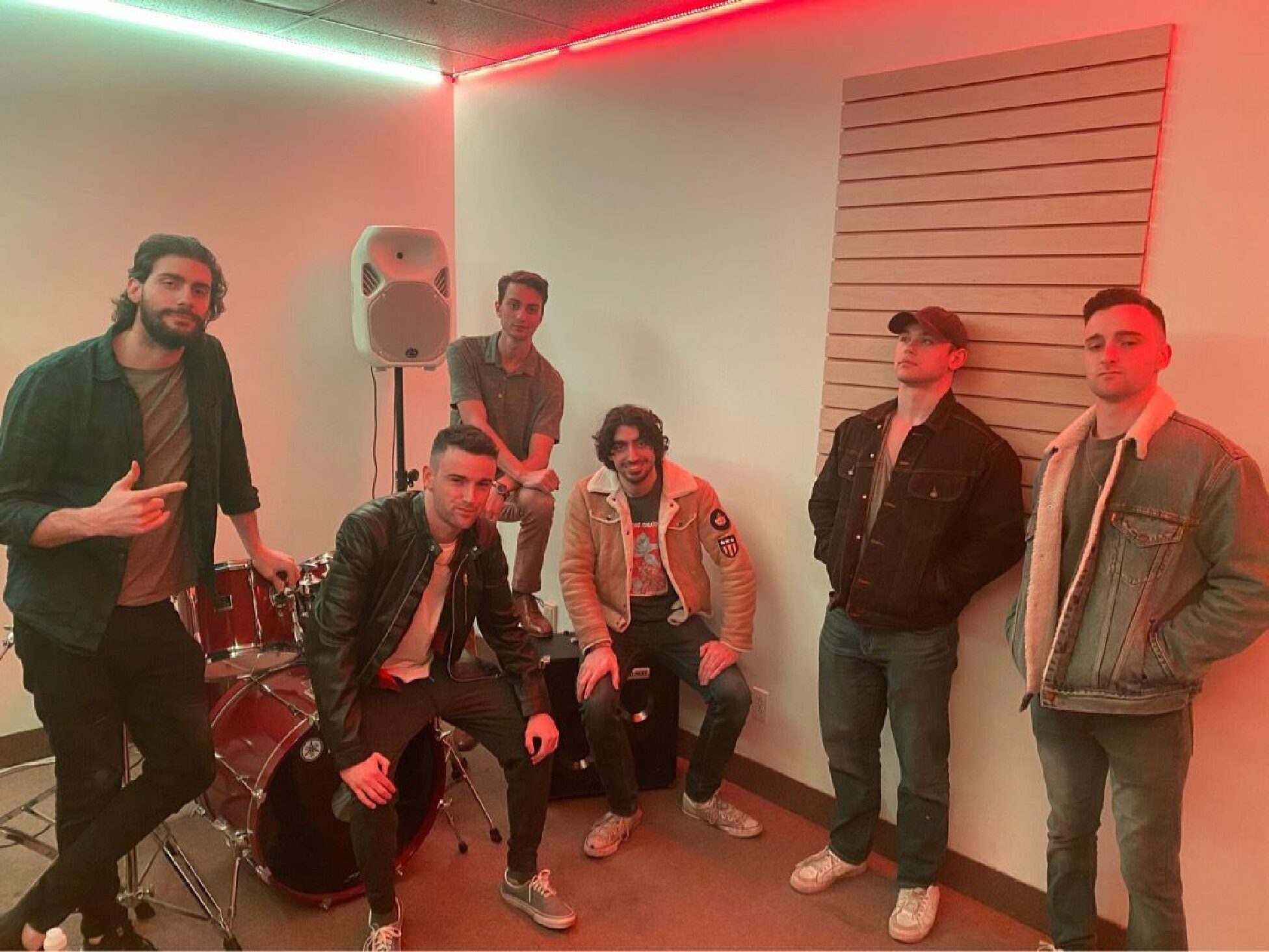Sometimes weird and heavy collide to form something wholly rewarding
Though experimental in nature, avant-garde art tends to push past convention and move right into the absurdist and the bizarre. Many works of its ilk defy fixed categorization due to their bewilderingly unfamiliar content, often pushing past what is deemed normal in an effort to shake up the playing field. Needless to say, the avant-garde is often seen as a provocation to the status quo.

So what happens when you apply these forward-thinking concepts to heavy metal music? You get something genuinely weird and wholly spectacular. Amalgamating elements from other disparate genres in refreshingly postmodern ways, avant-garde metal is primarily distinguished by its willingness to go all the way. After all, there’s nothing wrong with being weird, especially when it just means being yourself.
Due to heavy metal’s comparatively late arrival in music, avant-garde metal took a considerable amount of time to become established, the moniker often ascribed to artists and releases that defied convention and utilized unconventional song structures. Some of the genre’s forebears, like Celtic Frost and the inimitable Mr. Bungle, only began appearing towards the tail end of the ‘80s. With the turn of the decade however came a wave of creative and equally unpredictable bands and projects, from the harsh dissonance of John Zorn’s Naked City to the sultry saxophone-infused death metal of Sweden’s Pan.Thy.Monium.
Singer Mike Patton cut his teeth in these parts, leading the aforementioned Mr. Bungle to critical success before unexpectedly transitioning into the spotlight as weirdo alt-metal outfit Faith No More’s frontman and principal songwriting force. With the band’s dissolution in 1997 came a return to far-out experimentation for Patton, most notably in his off-kilter supergroup Fantômas. Composed of Melvins brainchild King Buzzo on guitar, ex-Slayer drummer Dave Lombardo, Mr. Bungle’s Trevor Dunn on bass and Patton on vocals, Fantômas’ discography is one defined by its conceptually charged nature, each album focusing on a specific idea.
The Director’s Cut, the band’s 2001 sophomore album, finds Patton and his co-horts masterfully reinterpreting classic film themes; the band turn Nino Rota’s iconic The Godfather theme into a spastic thrash assault full of bestial screams and yelps. Patton’s vocal range is the star of the show, bouncing manically from inhuman shrieks to lounge-y crooning, effortlessly switching gears to the tune of the band. What’s most apparent is the group’s clear love for the material, granting each theme a tasteful, albeit boldly experimental arrangement filled with surprises.
While metal is still relatively young and growing, its sub-genres previously deemed ‘avant-garde’ often the subject of reevaluation and rigid categorization, some bands simply live outside of these realms. Enter Japan’s Sigh. Increasingly boisterous and uniformly bizarre with each passing album, the band had its start in relatively straightforward symphonic black metal, its philosophical lyrical content notwithstanding.
Though their third album Hail Horror Hail marked the start of their formal experimentation, diving deep into elements of progressive metal and ‘80s speed metal, 2001’s Imaginary Sonicscape represents their most eclectic and unique release yet. Throwing singer Mirai Kawashima’s black metal growls into a bemusing assortment of psychedelic rock riffs, disco-infused synthesizers and progressive metal song structures, Sigh have fun with a literal smorgasbord of genres and sonic elements. What Imaginary Sonicscape lacks in subtlety it more than makes up for in fun, genuine weirdness.
Though often credited as wacky, avant-garde metal isn’t limited to circus-like theatrics and aggressively weird turns. Take Sherbrooke-born death metal band Gorguts for example. Born in the golden age of death metal, Gorguts’s penchant for technically driven riffs and rhythm sections came to define them, their second album The Erosion of Sanity paving the way for many technically-inclined bands.
That being said, nothing prepared the world for Gorguts’ third album, 1998’s Obscura. Driven by its frenzied rhythm section, atonal riffs and unconventional pick scratching techniques, Obscura remains unmatched in its cryptic dissonance. It’s a testament to Gorguts’ strengths that death metal this challenging and mind-boggling can feel so organic, its crunchy production lending each snare hit and crushing riff its necessary weight. Unlike many of its contemporaries, the band never confuses technicality for genuine songwriting, each labyrinthine composition packed with soul and purpose. In a world where an album as intensely forward-thinking and avant-garde as Obscura exists, it’s pretty hard to settle for anything less, even nearly 20 years later.
As challenging as it can be, don’t let its suffix fool you; avant-garde metal isn’t reserved for art-scholars. On the contrary, it’s home to some of the most innovative and otherworldly forms of heavy metal yet. Dig in.



